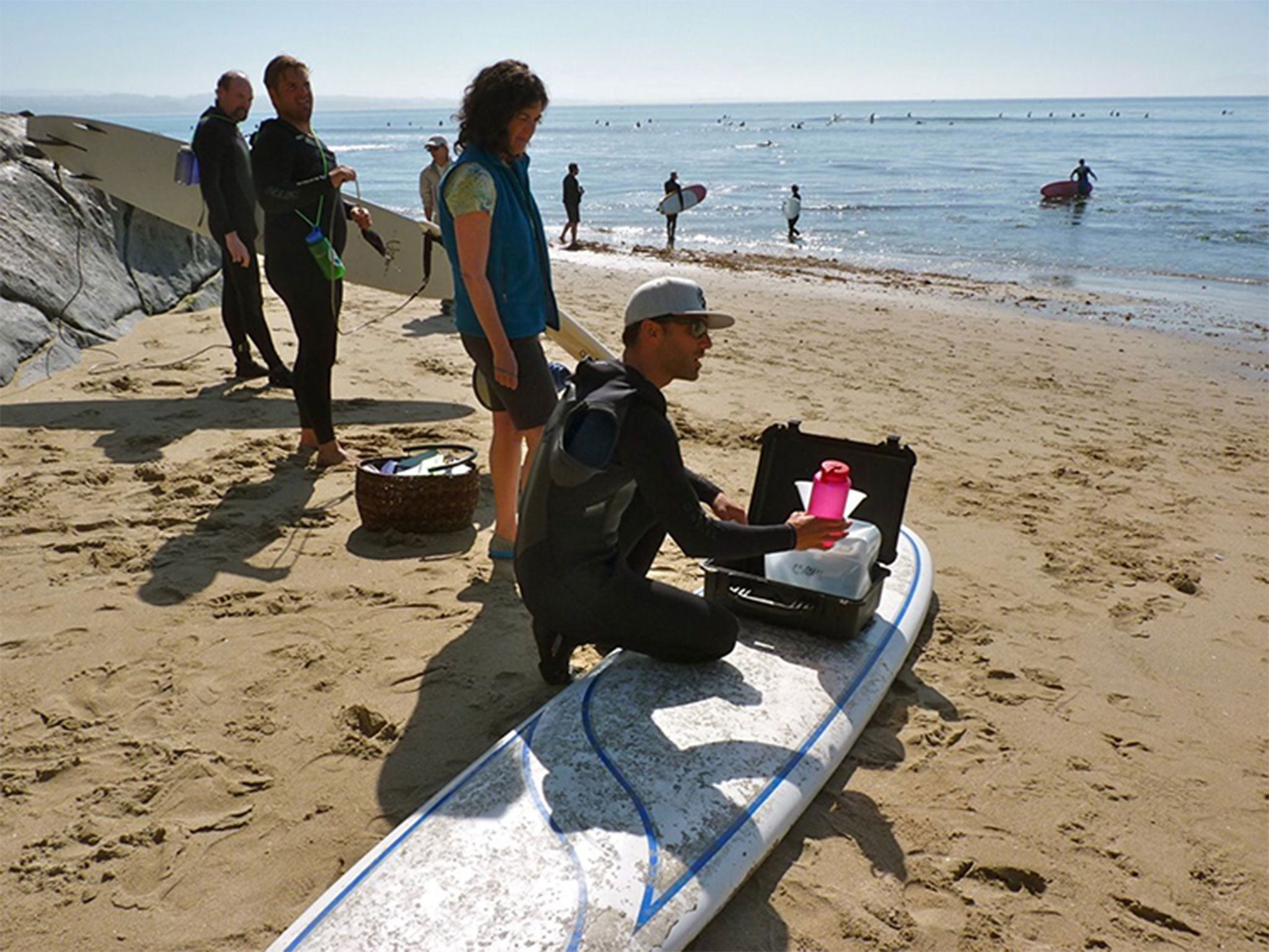Radioactive elements from 2011 Fukushima meltdown 'detected off the coast of the US'
Researchers say more work is needed to track movement of radioactivity across Pacific

Radioactive elements that were leaked into the Pacific Ocean following the meltdown of the Fukushima nuclear power plant in 2011 have been recorded for the first time off the coast of California.
Volunteer researchers have been monitoring the water off the West Coast in a bid to track the progress of a plume of radioactive water that has been making the 100 mile (150km) journey.
Chemical oceanographer Ken Buesseler and his team at the Woods Hole Oceanographic Institution (WHOI) have been waiting for the arrival of elements from the Fukushima disaster since a paper warned of their arrival in 2013.
Now, Buesseler says samples from the ocean off northern California have been taken that contain cesium-134 – a contaminant that can only have come from the March 2011 meltdown.
In a statement, the WHOI said the amounts of the radioactive cesium isotope detected were “far below where one might expect any measureable risk to human health or marine life”.
“The levels are only detectable by sophisticated equipment able to discern minute quantities of radioactivity,” said Buesseler. In an interview with Northwest Public Radio (NWPR), he said he wouldn’t be concerned about swimming or eating fish from the affected local waters.
But that doesn’t mean the findings should be “trivialised”, Buesseler said. He warned that people are being left at risk because no US federal agency was willing to monitor the waters for potential fallout from Fukushima, adding that it was an “evolving situation” demanding attention.
“"Crowd-sourced funding continues to be an important way to engage the public and reveal what is going on near the coast. But ocean scientists need to do more work offshore to understand how ocean currents will be transporting cesium on shore,” he said.
The aftermath of the Fukishima disaster
Show all 14"So we need both citizen scientists to keep up the coastal monitoring network, but also research vessels and comprehensive studies offshore like this one, that are too expensive for the average citizen to support.”
Buesseler will present his results at the Society of Environmental Toxicology and Chemistry’s (SETAC) conference in Vancouver on 13 November 2014.
Subscribe to Independent Premium to bookmark this article
Want to bookmark your favourite articles and stories to read or reference later? Start your Independent Premium subscription today.

Join our commenting forum
Join thought-provoking conversations, follow other Independent readers and see their replies